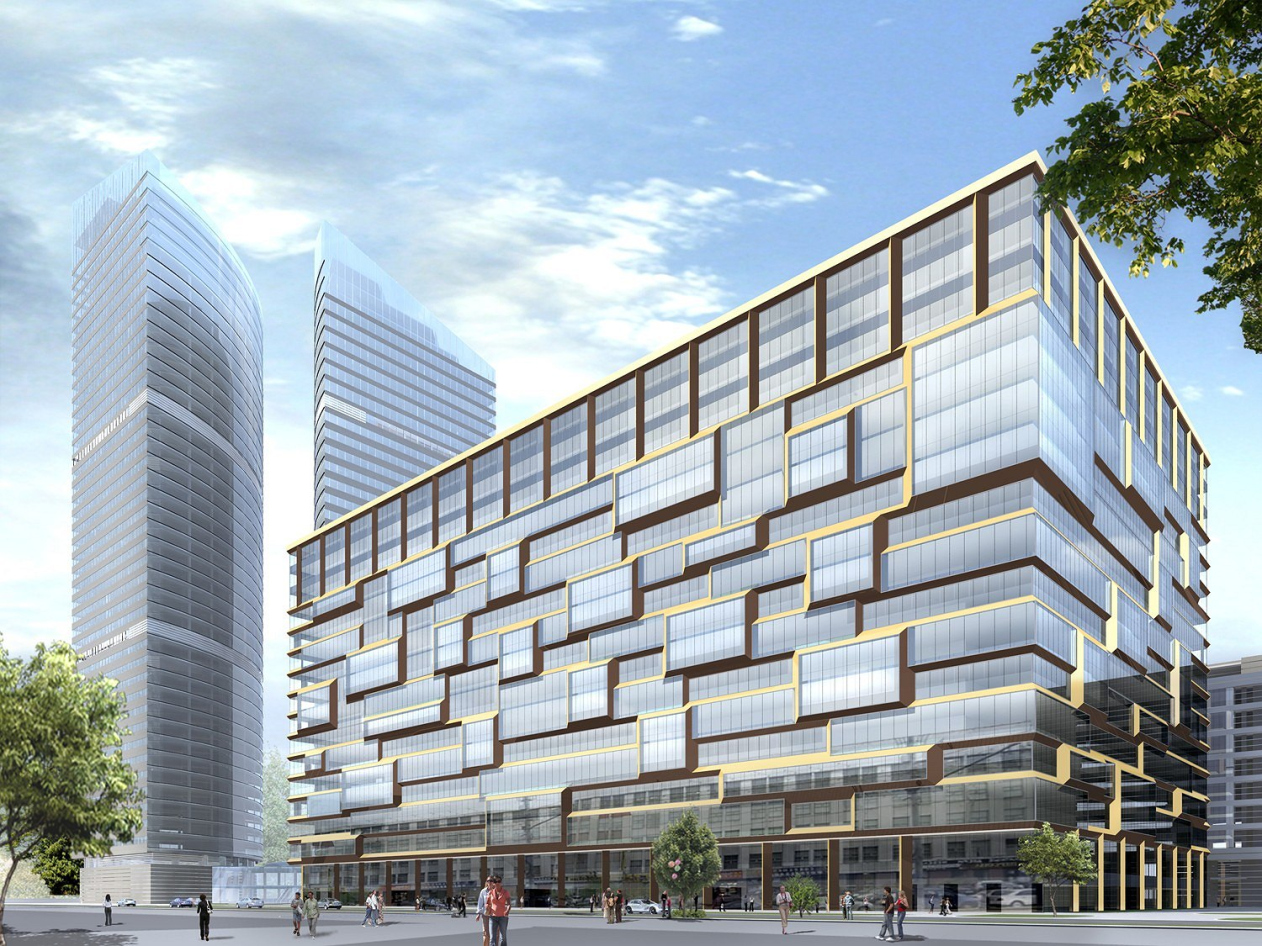By Right of the Nearest Neighbor
On Kulneva Street, Moscow, next to the Third Transport Ring, “SPEECH Choban&Kuznetsov” Studio is designing a new mixed-use development.


07 November 2011

Written by: